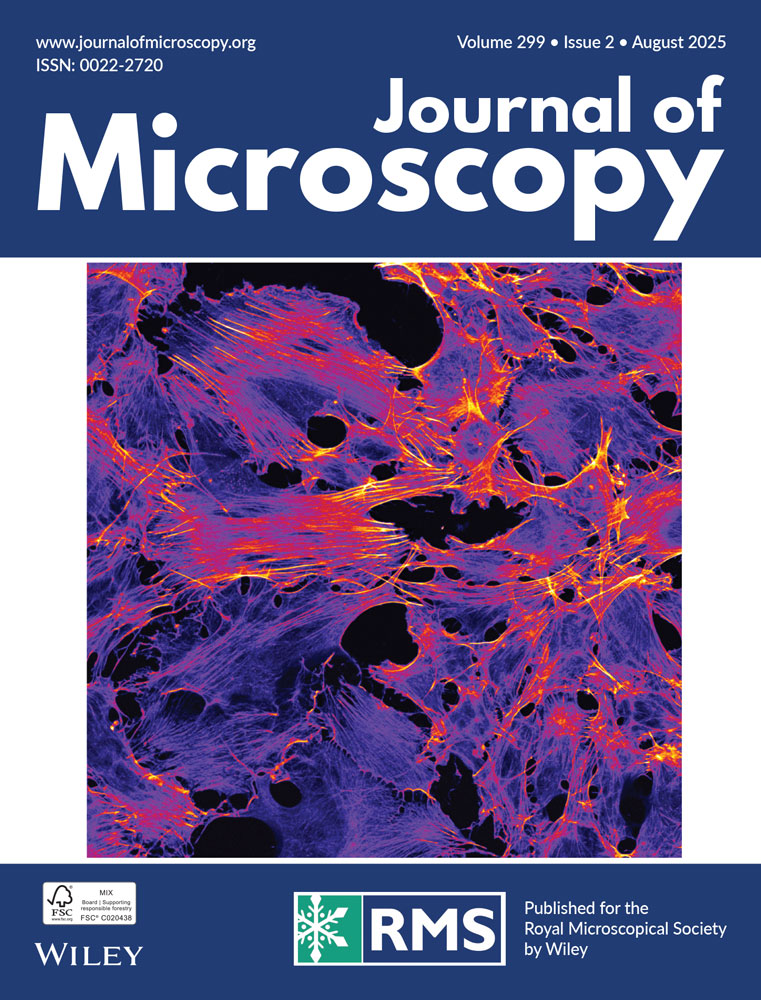Visualization of the cytoskeleton within the secondary vascular system of hardwood species
Abstract
A single fixation technique has been devised to demonstrate localization of α-tubulin (for microtubules) and F-actin (for microfilaments) within the secondary vascular system of hardwood trees by indirect immunofluorescence microscopy using butyl-methylmethacrylate-embedded material. Application of this technique to problems of cytomorphogenesis during secondary growth and its versatility are demonstrated with the hardwood species Aesculus hippocastanum L., Salix viminalis L., S. burjatica Nazarov × S. viminalis L., Hedera helix L., Acer platanoides L., Platanus sp., Quercus ilex L. and Liriodendron tulipifera L., and in the softwood Pinus pinea L. The methods employed have considerable scope for advancing knowledge of the role of the cytoskeleton in differentiation within the secondary vascular system of woody species.




